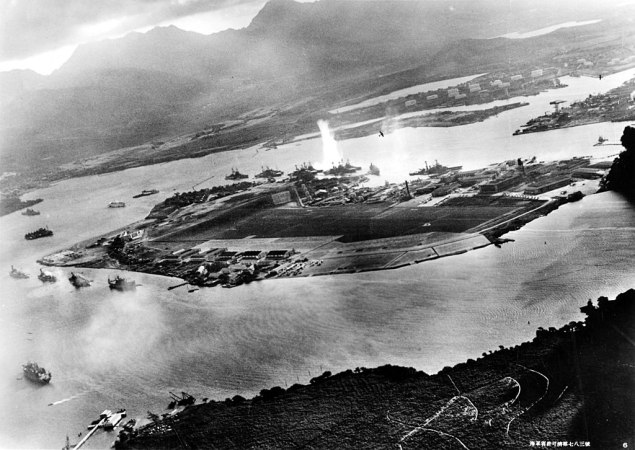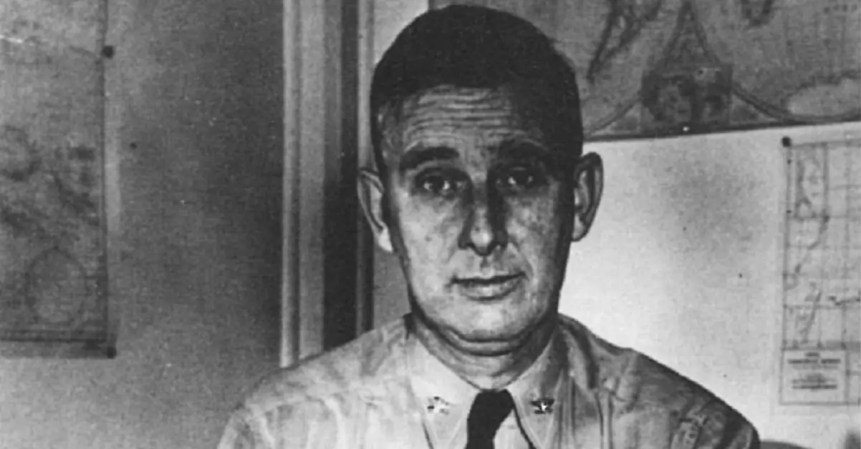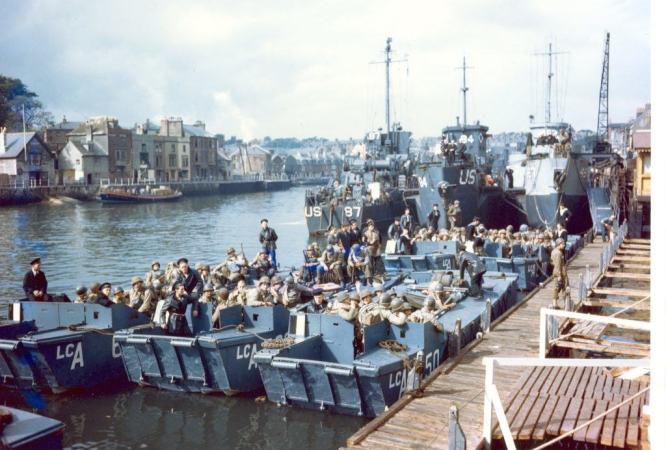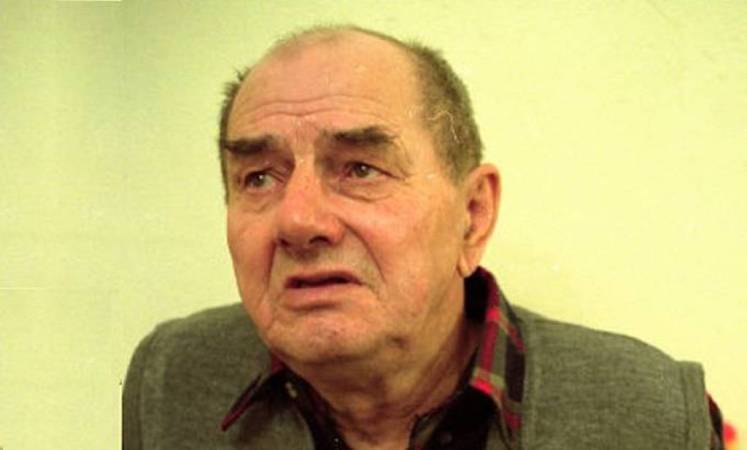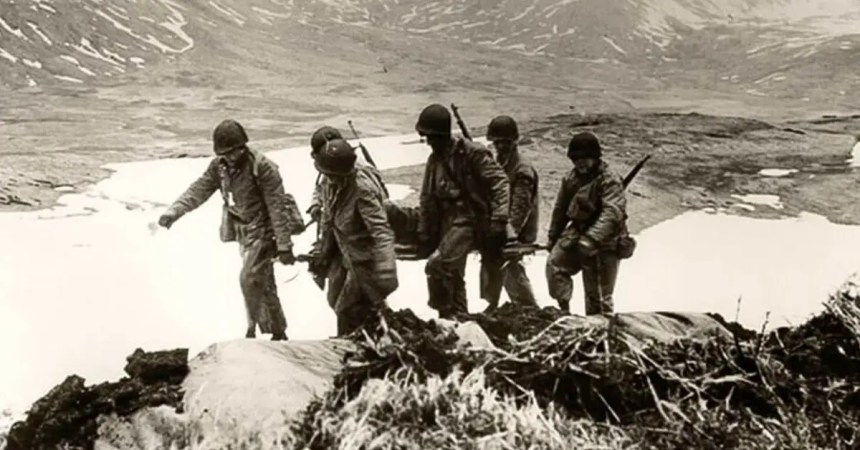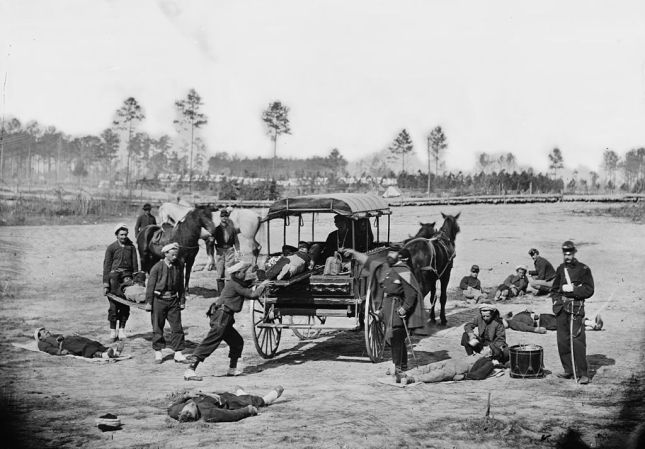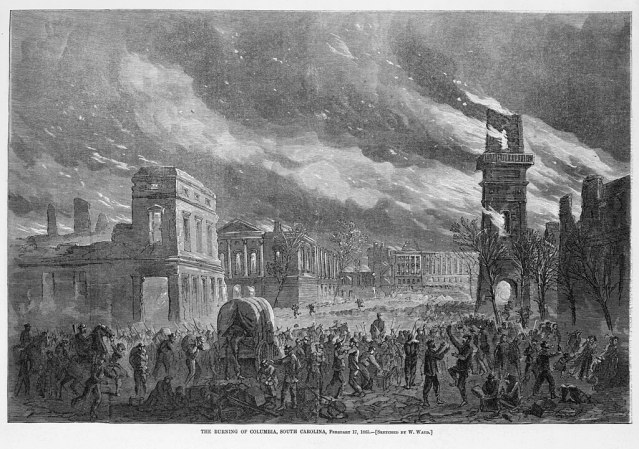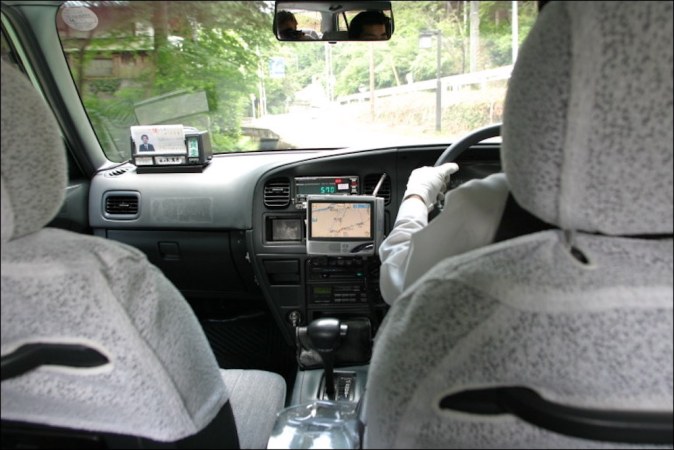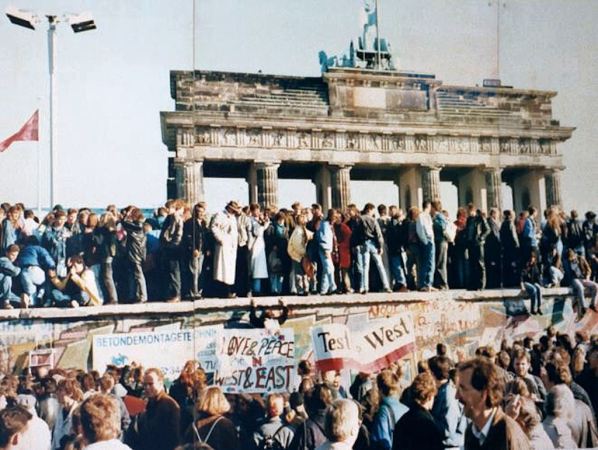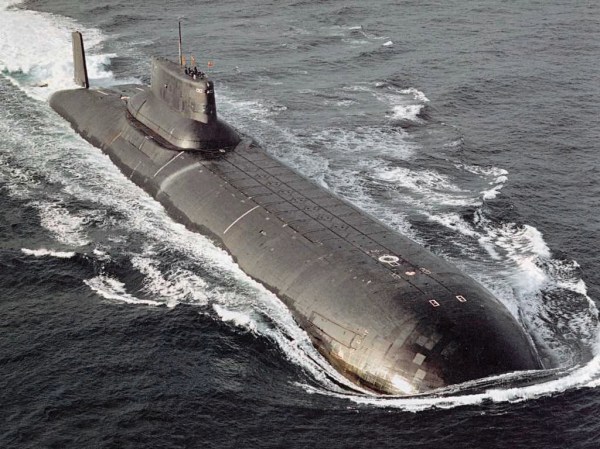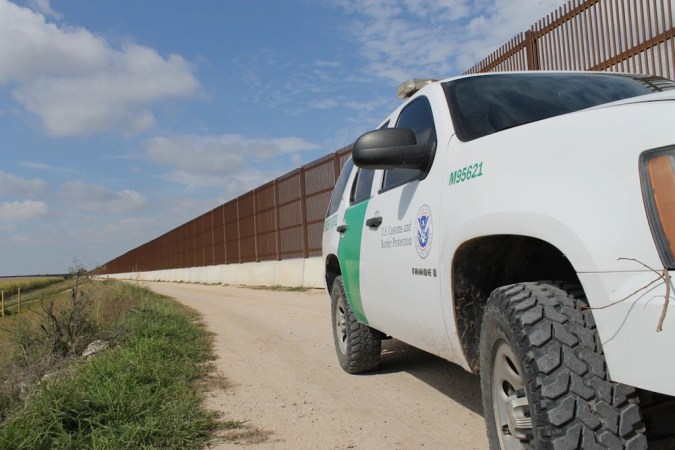During the launch of Operation Market Garden, a young Nelson Bryant and thousands of fellow paratroopers from the 82d Airborne parachuted into occupied Holland in an attempt to dislodge its Nazi occupiers. Bryant, wounded in a previous mission, took shrapnel to the leg as he fell to Earth. After landing, he began freeing himself from his harness. Under fire from nearby German positions, he was forced to cut it off.
Without thinking, he dropped his knife as he scrambled for cover. It seemed to be lost forever — but it was actually only 73 years.
“There were some Germans shooting at me from about 150 yards away, and they were getting damn close,” he told the local Martha’s Vineyard newspaper, the Vineyard Gazette. “As near as I can tell, what happened was I was pretty excited, and a little upset. I remember I cut some of my clothes I was so nervous. I cut out of the harness. What I think I did, I simply forgot my knife and left it there on the ground in its sheath.”

More than 40,000 paratroopers from the 101st and 82d Airborne divisions were dropped into Holland to support Market Garden in 1944. The 82d was supposed to capture and defend the heights over Groesbeek, outside the city of Nijmegen. They were successful in taking the position, but were forced to defend the area from repeated, powerful German counterattacks.
The 82d was also tasked with dropping on either side of the Nijmegen Bridge to hit the bridge’s defenders from both sides and keep it operational for use by Allied forces. Unfortunately, as was the story with Market Garden, things did not go as planned. The entire strike force was dropped to the south of the bridge and would have to assault it from one side, during the day.

The fighting men of the U.S. Army is the stuff of legend in Groesbeek. One day in 2017, 56-year-old André Duijghuisen was looking through his father’s attic when he came across a very different kind of knife. There was clearly something extraordinary about it. It was still in its sheath – and carved into that sheath was a name, “Bryant.”
Duijghuisen did some digging and found a Bryant registered with the 82d Airbone, 508th Parachute Infantry Regiment. He found that this Bryant not only survived the war but later became a reporter, and even wrote for the New York Times. Most importantly, he was still alive.
Bryant almost didn’t make to Holland at all.
Nelson Bryant was a student at Dartmouth College in 1943. As a college man, he was exempt from the draft but seeing so many friends and peers go over to fight the Nazis inspired him. He volunteered to join the Army. Unhappy with his stateside supply job, he soon volunteered for the 82d Airborne. He arrived in England just in time to jump into Hitler’s Fortress Europe in the wee hours before the D-Day landings.
It was there, during a reconnaissance mission, that he was shot in the chest by a .50-caliber bullet.

“I heard machine gun fire, the next thing I know, bam,” said Mr. Bryant. “It went in the front, came out the back, 50 caliber. I thought, is this it? I could hear distant gunfire, I could hear cows mooing in the pasture.”
Bryant laid in a hedgerow for four days before making it back to a field hospital in Wales. He worked to recuperate there, first walking on his own, then running. When he found out the 82d was making another jump into occupied Europe, he asked doctors if he would be able to go with them. They thought he was nuts. He wasn’t crazy, he was just determined to finish what he started. Not even a hospital could hold him back.
“When no one was looking, I got my clothes and put them on, walked out of the hospital, and thumbed rides on U.S. military vehicles back to Nottingham, England, and got there a week before we made the jump into Holland,” he said.

“He said bayonet, and I knew something was wrong because I knew the gun I carried you couldn’t use a bayonet,” Bryant said of the exchange. “Then I realized I was talking to a civilian and he wouldn’t know a bayonet from a trench knife. When he said there was a leather sheath, that was a clue.”
At 56, Duijghusen wasn’t even born during World War II, but the legacy of the men who liberated Holland is still important to the people there.
“The name on the bayonet, it made, for me, something personal,” said Duijghuisen before making the visit to Martha’s Vineyard. “Because of what he did in 1944, and because we are now living in a free world. I think a lot about that. He fought in Holland for our freedom. I’m very excited about that, it will be nice to see him.”
Duijghuisen and his wife traveled to see Bryant in 2017, 73 years after the old veteran jumped into Holland, just to return the trench knife Bryant used to free himself while helping free the Netherlands.



